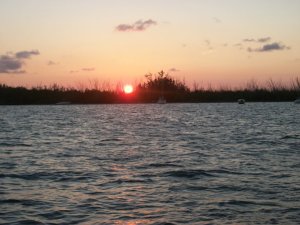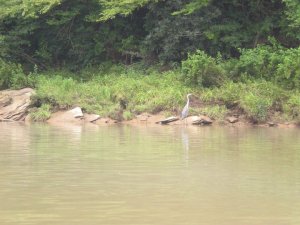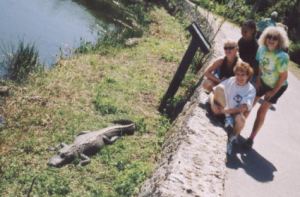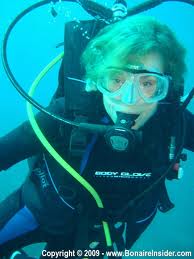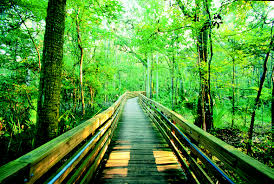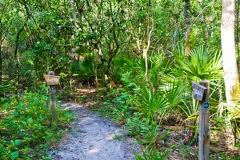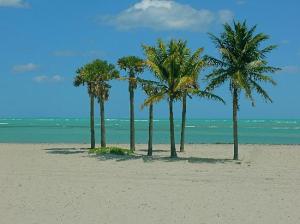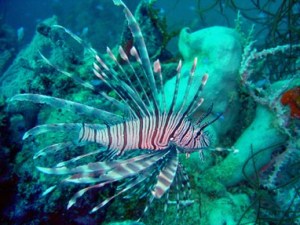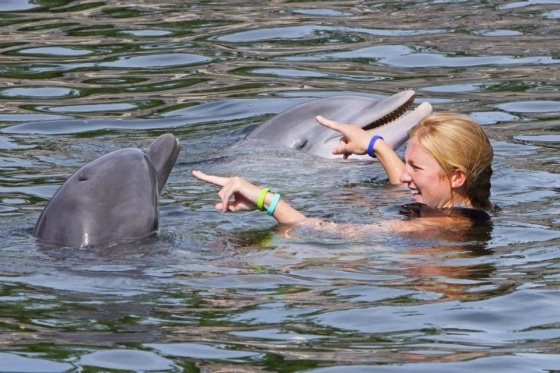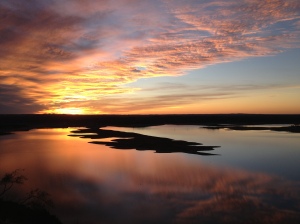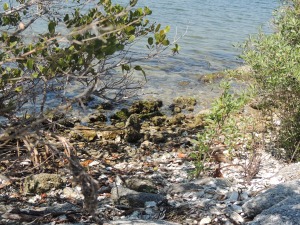I took an education class a couple spring semesters ago. Unfortunately, I don’t particularly remember the class or the coursework but I remember the shoes of the girl I sat next to. Like most women would.
She donned a pair of outdoor boots that seemed to be a hybrid of hiking boots and waders. The best part about her outfit was she sported these with pearls on her earlobes.
I don’t consider myself to be particularly “girly” but that may well be because I fear my outdoor comrades, male counterparts and feminists of the world would be disappointed in my weakness for shoes. I do; however, admire any woman that can combine rugged, outdoor gear with feminine style. As a matter of fact, my original idea for Woman, Water, Wild was to portray myself as a pink bow-wearing, girly-girl pursuing outdoor water activities I am unfamiliar with.
But because this is an outdoor blog, I will contribute this article to this particular pair.
I ordered a pair of Redhead brand Pac boots. And yes, I chose this brand for the irony of the fact that I’m a redhead as you can see in my About Me
section. I recently read that a “Pac boot” can be described as a boot containing a removable inner lining that is helpful in the winter time when the cold can dampen even the best, most insulated pair of shoes.
So far, I have worn them on a more rainy day because the idea of wearing boots before it is cold enough to do makes my feet sweat even when they’re bare. I would recommend these boots as a winter time rain boot because of the waterproof nature of the product in addition to the fuzzy (and, yes, plaid!) interior of the boots.
They are a little bit chunky but lighter than you would expect, making them a comfortable boot for all day wear. Comfortable enough that the outdoorsy woman could wear them camping in the Apalachicola National Forest or hiking down in Gainesville’s Devil’s Millhopper.
I do have a minor complaint about the fact that these babies do not come in half sizes (which I never understand because I know plenty of people who are between sizes).
On various reviews that I read, the customers complained that these boots are slippery and don’t keep feet as warm as expected but did succeed at keeping feet dry. As a clumsy, baby giraffe-like individual, I disagree with the slippery part of their assessments because I have yet to bust my butt!
As a Florida customer, these complaints are invalid for me and only add to my previous article, 20 Reasons I HATE the Cold.


